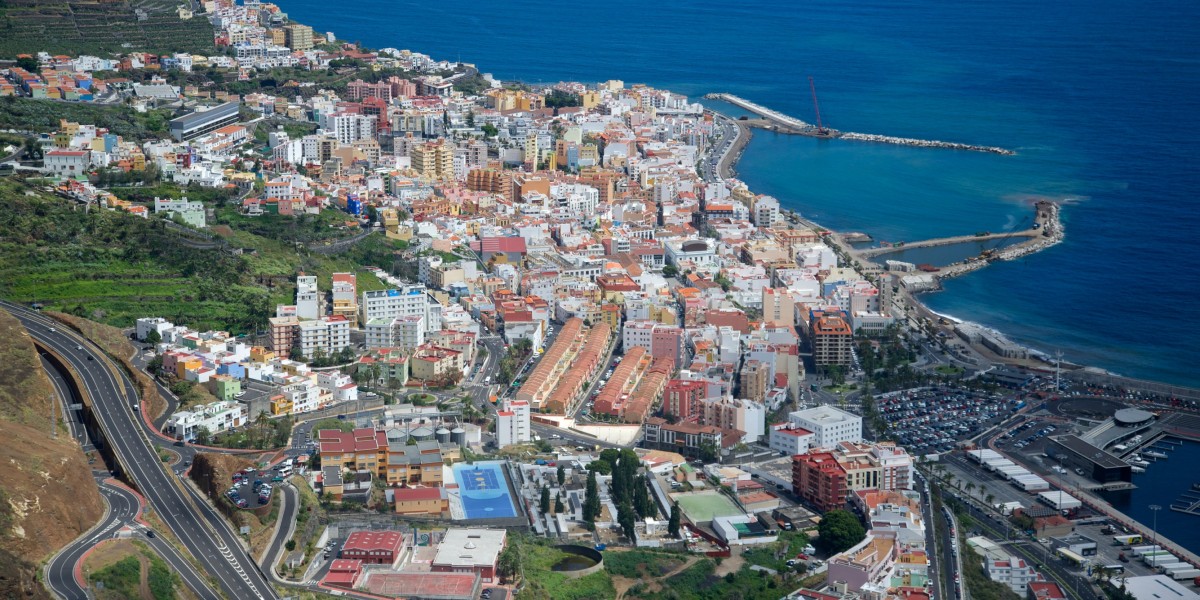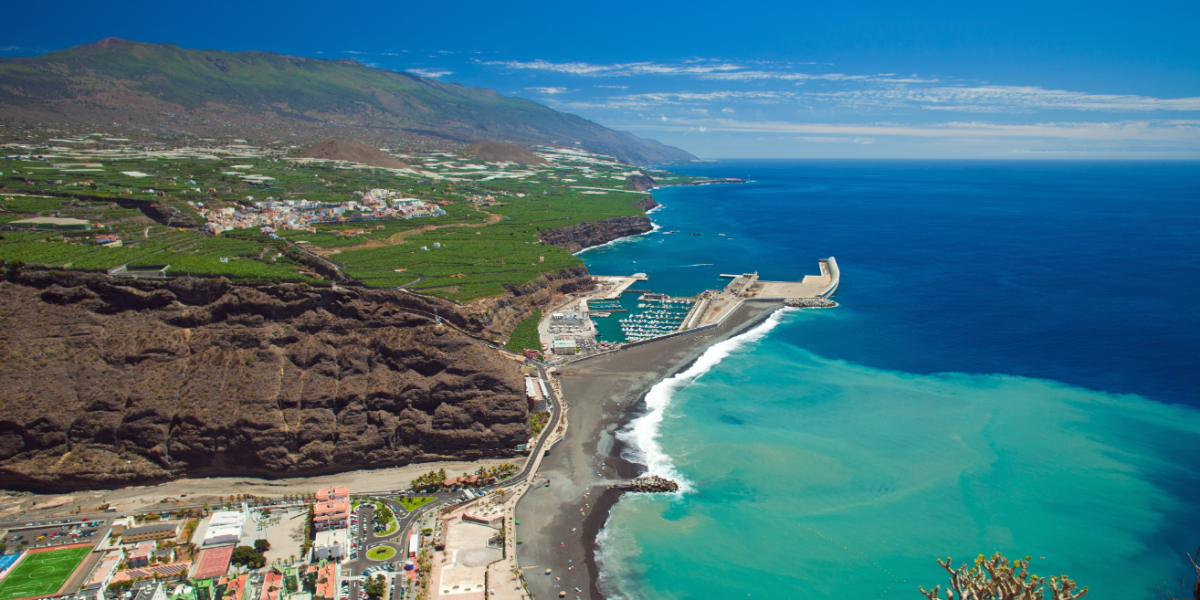
La Palma, known as "la isla bonita" or beautiful island, captivates visitors with its natural beauty and cultural richness. One of the Canary Islands, this island offers a unique blend of volcanic landscapes, lush laurel forests and black sand beaches.
Although the island was impacted by the Cumbre Vieja eruption at the end of 2021, it remains a lesser-known paradise. Discover what to see on La Palma.
What to see on La Palma in one day
If you only have one day to explore La Palma, don't worry, you can still enjoy some of its most iconic places.
- Santa Cruz de La Palma: Start your day in the island's capital. Don't miss the old town, with its typical Canarian balconies and vibrant local life.
- Caldera de Taburiente National Park: A paradise for hiking enthusiasts, this park offers well-marked routes that will allow you to admire the natural wealth that La Palma preserves.
- Mirador de la Cumbrecita: From here, you can enjoy unrivalled panoramic views of the National Park and its surroundings.
- Roque de Los Muchachos: Visit one of the most important astronomical observatories in the world. In addition to science, the views from this point are spectacular.
- Tazacorte and its beach: End your day relaxing on one of the most beautiful beaches on the island. In Tazacorte, you can also see the new lands that emerged after the eruption of Cumbre Vieja in 2021.

What to see on La Palma in two days
If you have two days to explore La Palma, an adventure full of contrasts and natural wonders awaits. You can add these destinations to your extra day.
- Los Tilos: Immerse yourself in the largest laurel forest on La Palma. This prehistoric green space will allow you to admire the natural wealth that the island preserves.
- Cubo de La Galga: An authentic jungle that has remained untouched for millions of years, this trail will guide you through a misty, enchanting forest.
- San Antonio Volcano: Discover the geological landscape of this volcano. From its viewing point, you can observe the eastern coast's profile.
- Charco Azul: Enjoy a swim in these natural pools located in San Andrés y Sauces.
- Porís de Candelaria: A picturesque coastal village hidden in a cave.
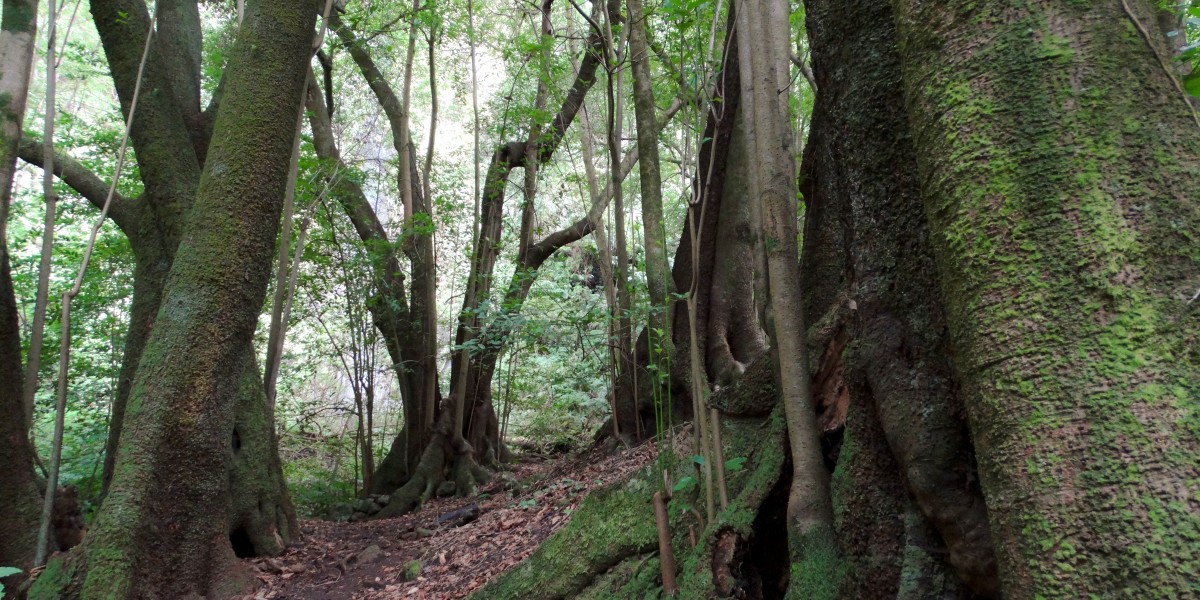
What to see on La Palma in three days
If you're wondering how many days you need to see La Palma, three well-spent days might be enough, although you can always stay longer. You can add these destinations to your trip.
- Los Llanos de Aridane: A vibrant city with bustling plazas and a rich cultural scene, renowned for its art and laid-back atmosphere.
- Puntagorda: A rural town famous for its market and viewpoints, surrounded by agricultural landscapes and nature.
- Fuencaliente Lighthouse: Located in the south of the island, it is surrounded by salt flats and volcanic landscapes, offering a peaceful and photogenic setting.
- Fiesta de Los Indianos: If you visit the island in February, don't miss the unique Carnival celebration, where talcum powder is thrown to the rhythm of lively Cuban music.
What to see on La Palma with children
La Palma is an ideal destination for a family getaway. One of the top places to visit with children is the Caldera de Taburiente National Park. Here, young adventurers can explore well-marked trails and discover the island’s unique flora and fauna.
Another must-see is the Roque de Los Muchachos Observatory, where children will be mesmerised by the stars and planets. This observatory, one of the most significant in the world, offers guided tours that are both educational and exciting for all ages.
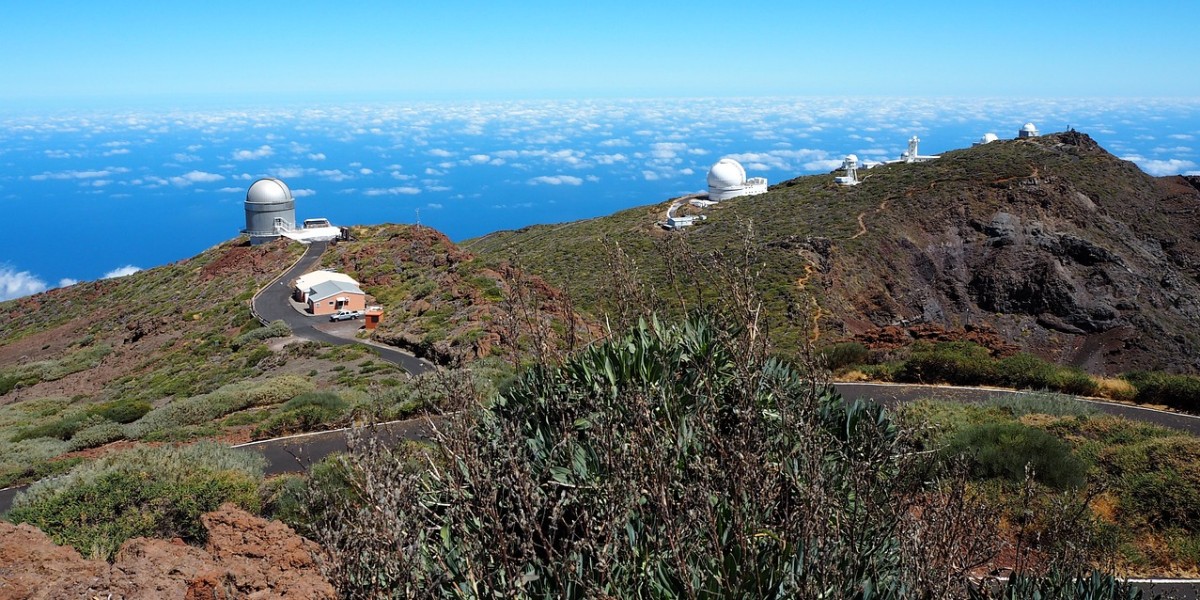
What to eat on La Palma
La Palma's cuisine reflects the island’s rich history and culture. One of the most iconic dishes to try is gofio, a flour made from toasted cereals, used in a variety of preparations. Also worth sampling is sancocho canario, a hearty salted fish stew served with potatoes and accompanied by mojo, a traditional sauce available in both red and green variations.
Don’t miss the chance to taste La Palma’s cheese, renowned for its smoky flavour and creamy texture, which pairs perfectly with a glass of local wine. For those with a sweet tooth, La Palma offers irresistible treats such as rapaduras, honey and almond-based sweets.
How to get to La Palma
This Canary Island is well connected, making it easy to explore its natural and cultural treasures. Below are the main means of transport to reach this beautiful destination.
- Aeroplane: La Palma Airport (SPC) is the main gateway to the island. It offers regular flights from seven Spanish cities and international connections to several European countries.
- Ferry: Another popular option is to arrive by ferry. Several shipping companies offer services from Tenerife and Gran Canaria, as well as other nearby islands.
- On the island: Once on the island, you can get around by bus or car, the most comfortable way to explore the landscape at your own pace.
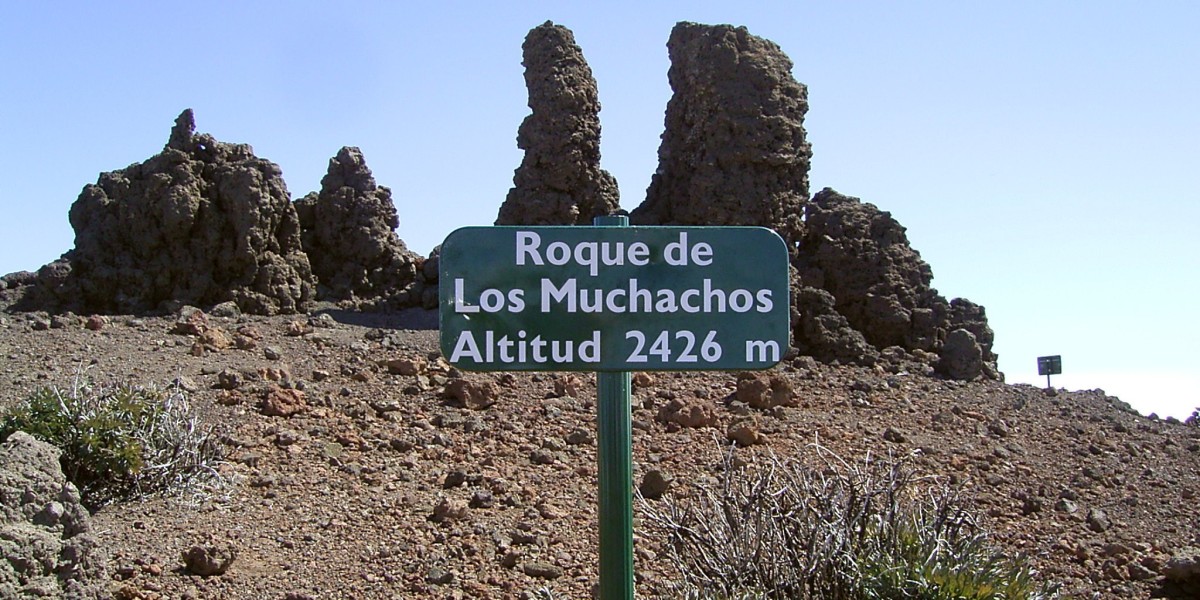
La Palma's surroundings
Exploring the surroundings of La Palma offers a chance to discover the diverse landscapes and cultural richness that envelop this captivating Canary Island.
- El Hierro: The smallest of the Canary Islands, known for its tranquillity and volcanic landscape.
- La Gomera: Famous for the Garajonay National Park, a laurel forest declared a World Heritage Site.
- Tenerife: Known for Mount Teide, the highest peak in Spain, and its golden sand beaches.
- Gran Canaria: Offers a mix of beaches, dunes and mountains. Its capital, Las Palmas, is a vibrant cultural centre with a rich history.
- Fuerteventura: Ideal for windsurfing and kitesurfing enthusiasts, thanks to its constant winds and extensive white sand beaches.
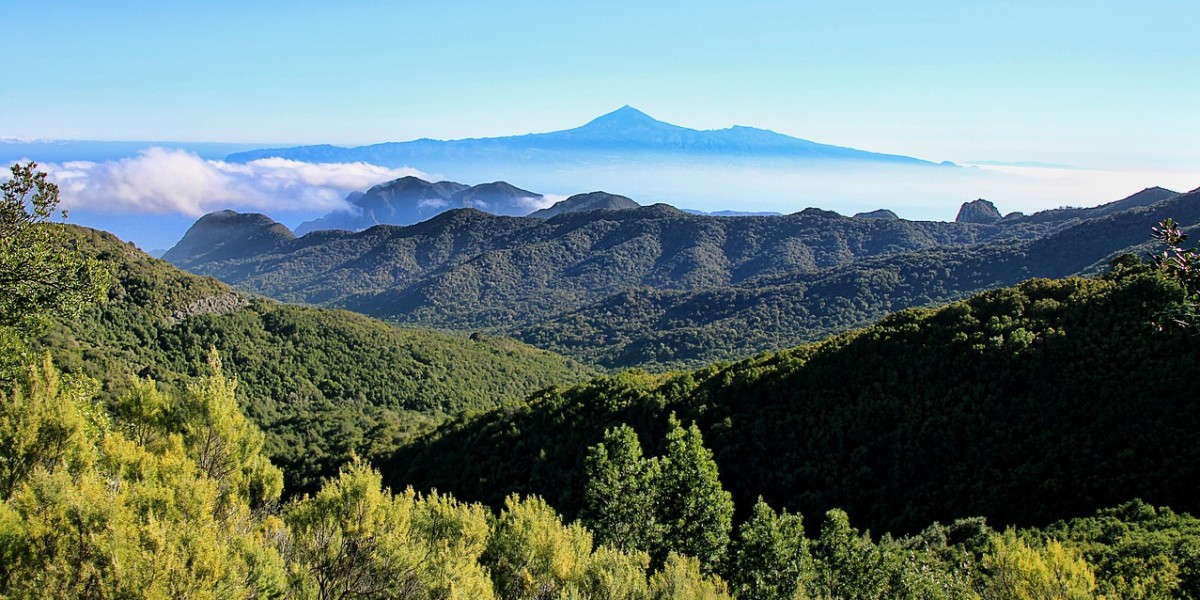
Living on La Palma
La Palma offers a tranquil setting, perfect for those seeking an escape from the hustle and bustle of city life. With its year-round mild climate, this beautiful island invites you to enjoy a variety of outdoor activities, from hiking along scenic trails to unwinding on its black sand beaches.
The local community is warm and deeply connected to its cultural traditions, allowing visitors and residents alike to immerse themselves in the island's rich heritage. Additionally, La Palma boasts modern services and well-developed infrastructure, ensuring that daily needs are easily met while still preserving its peaceful charm.
